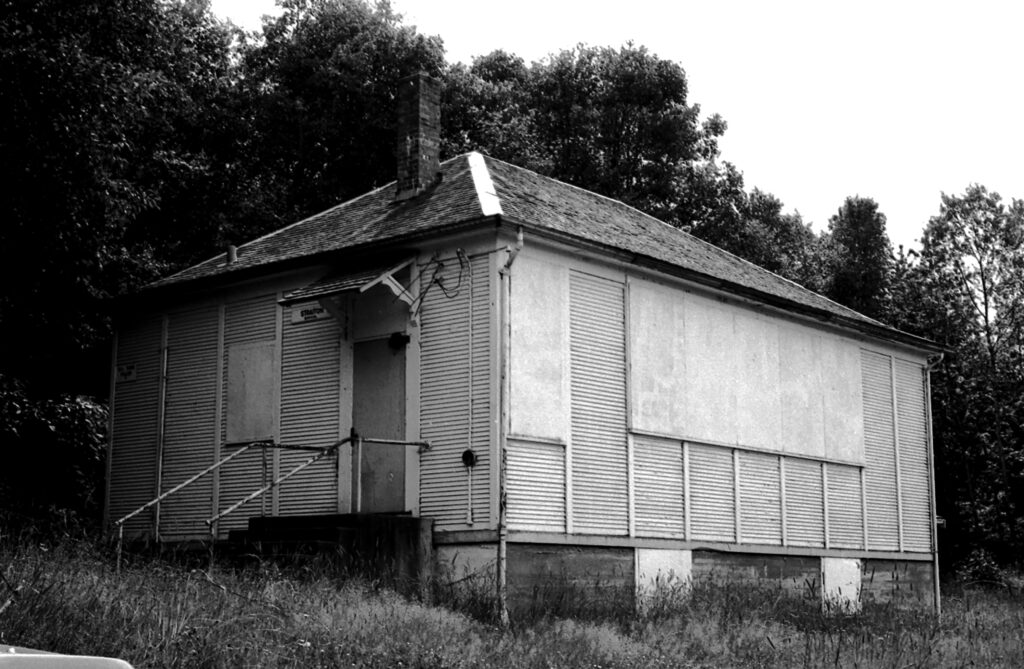Consolidation of schools and school districts was popular in Canada in the 1940s. This often-involved multiple school districts that did not have significant power in their communities, joining forces with other districts. These new larger districts were often powerful enough to tackle “local problems” (Renquist, 1994). In 1946, 650 school districts in British Columbia consolidated into 75 “homogenous” (“School Consolidation Experience Studies”). School consolidation is a similar concept. This is when one or more schools close and amalgamate into either an existing school or a new school. Consolidated schools and their students benefitted from a more “enriched” (Dolf, 2008) curriculum and more resources.
Consolidation was also a significant factor in the overcrowding of schools as well. Smaller schools were often closed, and their students would often have to travel further to another, larger school. This often worked well during the mid-1950s, but not so much in the 1940s due to the sharp population influx. Kilgard school was a two-room schoolhouse built in 1921. In 1940, the school closed and consolidated with Upper Sumas School which had recently undergone an expansion which brough the school to nine classrooms with a total capacity of 360 pupils. The consolidation was due to the belief by the school board that students would benefit by joining students from another school. When the population of the MSA area spiked in 1943, Kilgard School was re-opened to ease congestion at Upper Sumas School.

Straiton School is another example of a school that consolidated. It should be noted however, that the school continued to operate until 1970. The Straiton area of Sumas mountain was relatively low and remained so due to its rural setting until recent development on the mountain. Once Straiton School closed in 1943, its students had to travel further to Phillip Sheffield school. Although little information exists on the matter, Straiton Schools consolidation with Phillip Sheffield High was likely linked to not only a small number of pupils, but for a better sense of community and student success. For example, Straiton School was a small, one-room schoolhouse (built in 1909), and Phillip Sheffield was a large school. After Phillip Sheffield received additions such as a community auditorium and trades wing, the quality of Straiton students likely increased significantly due to a wider array of learning and socialization opportunities.
Although consolidation was able to provide students with a better overall experience, it did have its flaws. Considering how far apart Straiton School was from Phillip Sheffield High School, and how far Kilgard School was from Upper Sumas, a significant amount of travel was likely needed. This would naturally add to the commute times, not to mention the need for school busses. With the population boom of the 1940s, this was potentially problematic as school busses were becoming more and more overcrowded. This could lead to students not being picked up by bus and thus becoming late or absent from class. This may have also posed as a safety concern as overcrowding can result in little to no seating accommodations.
Sources for this Page
Theodore D. Renquist. 1994. “Contextualizing Consolidation: British Columbia School Consolidation from the Perspective of the Prince George Region.” Retrospective Theses and Dissertations. University of British Columbia. (Accessed March 15, 2021), DOI: http://dx.doi.org/10.14288/1.0064485. Pg.
“School Consolidation Experience Studies”, Accessed March 15, 2021.http://www.edu.gov.on.ca/eng/parents/consolidate/case_study.pdf.
Dolf, David A. “Coming Together: The Pros and Cons of School Consolidation”. University of Dayton, (2008), ISBN: 0036-651X. https://ecommons.udayton.edu/cgi/viewcontent.cgi?article=1217&context=eda_fac_pub.
MSA Educational Area “News Clippings” October 1941 to December 1950. (1950) The Abbotsford Reach.
